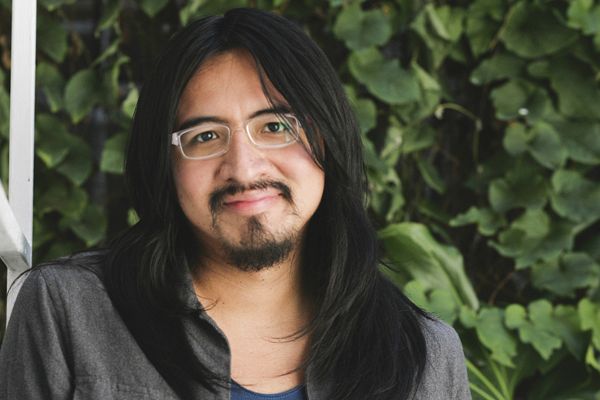In 1990, fifteen years after the Vietnam War, Lucy Lippard collaborated with the Whatcom Museum of History and Art and ICI to curate A Different War: Vietnam in Art, a show the Seattle Times called “the most powerful art exhibition in recent memory.” The exhibition and accompanying catalogue was the first critical examination of the impact of the Vietnam War on American artists at the dawn of the protest era in the United States.
Lippard deftly weaves a diverse array of texts, artworks, and her own illuminating theories to create a visual thesis on the power of art as history and activism. A penetrating and significant work of social and artistic critique, A Different War still holds a profound importance as activism and political dissent seem to be of the same tune as that of the era of the Vietnam War.
Excerpt
…Art in 1967 was safely ensconced in its own world, primarily concerned with its own physical properties. The scene was dominated by Pop and Minimal art, with kinetic and abstract art highly visible as well. Process and Conceptual art were just beginning to surface. Even realist art rarely touched on social issues, and when it did, it was rarely shown or written about. The older New York artists harbored taboos against social content inherited from the days of Stalinism and McCarthyism, and the younger artists were unaware that art could be politically effective. They had been trained to understand that all political art was corny and old-fashioned—barely art in the highest sense—and few had the political sophistication to combat these dominant views.
There were, of course, exceptions. Californian artist Wally Hedrick was among the first to respond seriously to the Vietnam War in his art. A Korean vet, he became aware of the troubles simmering in Vietnam under the French (supported by the U.S.) while he was a student at California School of Fine Arts (later renamed the San Francisco Art Institute).…Another artist active in the early ‘60s protesting the war produced black paintings. Ad Reinhardt—the “Black Monk” and self-appointed watchdog or conscience of the art world—would never attach any referential title to his obdurately no-objective abstractions. His art-as-art-and-nothing-else position had, however, never excluded political action. “Painting cannot be the only activity of a mature artist,” he said. “Do you think that when a painter expresses an opinion on political beliefs he makes even more of a fool of himself than when a politician expresses an opinion on art?” he asked rhetorically in 1946, and answered himself with a resounding “NO!”…
Excerpted from Lucy R. Lippard, A Different War: Vietnam in Art (The Real Comet Press, 1990).
Extracts from Lippard’s essay are available free as a downloadable pdf to members of ICI’s Curator’s Network.
For information on the Curator’s Network, visit here.
Lippard, Lucy R. A Different War: Vietnam in Art, Whatcom Museum of History and Art, Bellingham and The Real Comet Press, Washington, 1990. 131 Pages. ISBN 0941104435. $15.00
Preface by George E. Thomas; foreword and acknowledgement by John Olbrantz and Susan Sollins.


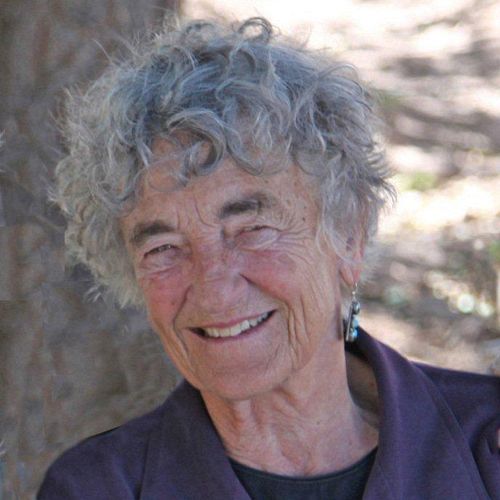
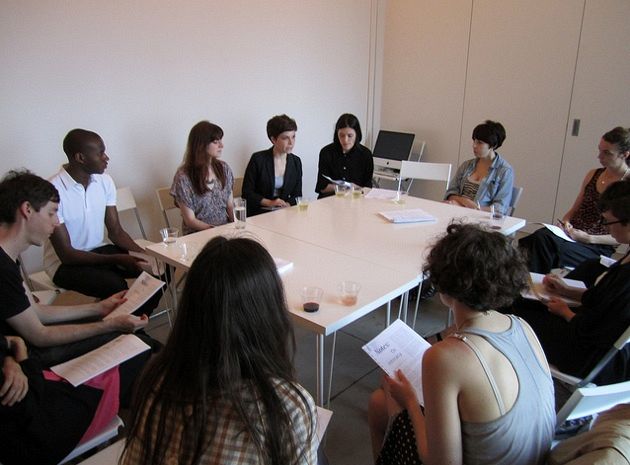

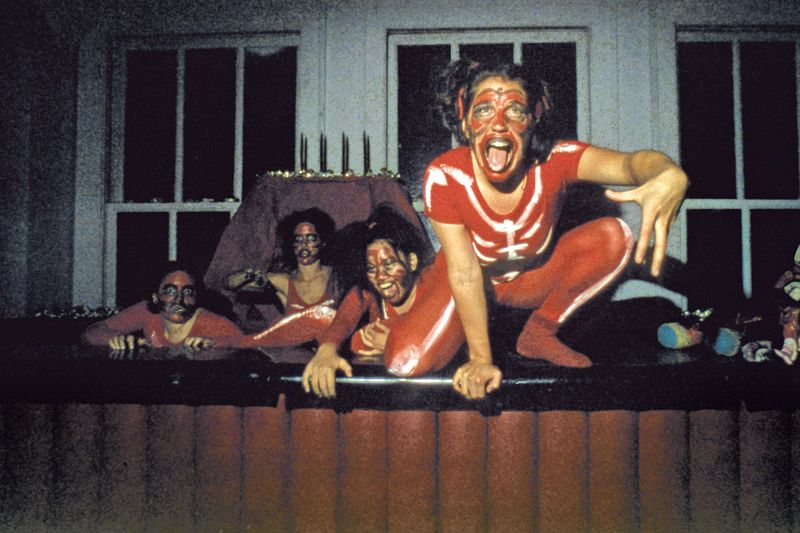
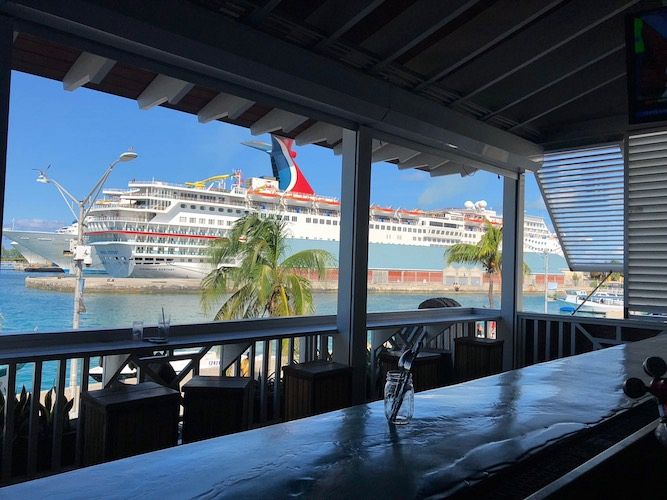
__1999.jpg?w=1600)
